
Promote combined strength
In addition to the general socio -economic development goals, to promote and support the development of mountainous areas, to bring the lives of ethnic minorities in mountainous areas to catch up with the lowlands, Nghe An province has had a Project on Poverty Reduction and Assistance to Poor Communes in the West since 2011 to mobilize more resources for poor communes. From the resources of this program combined with Program 135, each year, the State invests from 400-500 billion VND to develop the socio- economy , upgrade the weak infrastructure of communes and villages in especially difficult areas in regions I, II, III in the districts of Western Nghe An.
An important highlight in the journey to help ethnic minorities in Western Nghe An escape poverty is to help and support poor households, poor villages, poor communes... to gradually improve their lives. Accordingly, many agencies, units, and enterprises in the delta and cities have agreed to become twinned with and help poor households and poor villages by providing support for plants and seedlings; supporting facilities and supporting infrastructure investment.
Typically, Muong Ai Border Guard Station, Nghe An Border Guard supported the release of 20kg of fish fry to Mr. Hoa Pho Nganh's family (residing in Xop Lau village, Muong Ai commune) according to the VAC economic development model to help people develop the economy, eliminate hunger and reduce poverty because the unit received support and assistance.
Village elder Hoa Pho Nganh shared: Recently, the family has had 2 more fish ponds with support from Muong Ai Border Guard Station for fish breeds and technical guidance. From raising cattle and fish, the family has an average income of about 60 - 70 million VND per year.

From 2021, Nghe An will implement the National Target Program for Sustainable Poverty Reduction for the period 2021-2025; including 7 projects and 11 sub-projects with thousands of billions of VND. The capital plan to implement the National Target Program for Sustainable Poverty Reduction in 2024 alone is 603.73 billion VND.
As for project 2 of this program, with the content of diversifying livelihoods and developing poverty reduction models, in the 2022-2023 period, 11 models have been built to support production development to create jobs, sustainable livelihoods, and income for 929 people in poor households, near-poor households, newly escaped poverty households, and people living in poor districts.
As for sub-project 1 and project 3 on supporting production development in the agricultural sector, 9 agricultural production development models have been supported for 662 people from poor households, near-poor households, newly escaped poverty households, and people living in poor districts.
Good models to "chase" poverty
From the poverty alleviation support of programs and projects, people are motivated and boldly change their thinking and mindset about economic development.
In Bai So area, Tam Quang commune (district 30a Tuong Duong), there is an effective red-fleshed dragon fruit growing model, recognized by the Provincial People's Committee as a 3-star OCOP product. From a land where "dogs eat stones, chickens eat gravel", half of the villagers had to leave to find other places to live, Bai So has now become a model for agricultural production. Each year, Tam Quang sells more than 120 tons of red-fleshed dragon fruit, mainly from Bai So; and to date, the area of red-fleshed dragon fruit in Bai So village has increased to 10 hectares, with a yield of 7 tons/ha, with about 55 households participating.
Mr. Tong Van Chien, a resident of Bai So village, Tam Quang commune, said: Bai So area used to be very poor, people left their homes and villages to make a living. More than 10 years ago, an acquaintance in Binh Thuan gave me 15 dragon fruit trees, I went back to try planting them and they were effective. After that, I expanded them; villagers saw the high value so they also planted them. Dragon fruit has become a tree with high economic value in the village.

The family of Mr. Ly No Po, a Mong ethnic group in Na Nieng village, is a typical example of household economic development in Tri Le commune, 30a Que Phong district, with a model of raising livestock and planting forests... with an average income of 200-300 million VND per year. He is an example of hard work, good production, and striving to enrich his family.
From reclaiming vacant land to grow rice in Pa Khom village, Tri Le commune, with the family's rice yield reaching 45 - 47 quintals/ha, bringing in an income of about 25 - 27 million VND per year. Mr. Po discussed with his wife to fence off many vacant hilly areas to graze buffalo, cows, horses and grow grass for livestock feed. Currently, his family's total herd of buffalo, cows, and horses is up to more than 100.
Mr. Po happily said: When I had enough food and clothes, I supported and helped the people in the village who were still in difficulty so that everyone could escape poverty. There were also 15 poor households in the area that my family supported with seeds, rice and interest-free loans to develop the economy.
According to Mr. Bui Van Hien, Vice Chairman of Que Phong District People's Committee, the locality is a mountainous district with a multidimensional poverty rate of 65%. This is a big challenge, so poverty reduction is a key task focused on by local Party committees and authorities at all levels of the district.
Mr. Hien said: With support in capital, breeds, and transfer of scientific and technical livestock farming techniques, the movement to build economic models has been widely invested in by the people. The district has also based on the strengths of the land areas, supported breeds and techniques for the people; combined with mobilization and propaganda to arouse the people's will to rise up and escape poverty.
It can be seen that poverty reduction is an important content in the socio-economic development programs and plans of localities. By integrating mechanisms and policies, the authorities and people of the localities in the western region of Nghe An are constantly making efforts to achieve the most practical results in poverty reduction.
The important effect of poverty reduction policies is to arouse internal strength to mobilize local labor resources, raising awareness of poverty eradication among ethnic minorities in the Western Nghe An region./.
Source: https://baodantoc.vn/dau-tu-ho-tro-nhung-mo-hinh-duoi-ngheo-o-mien-tay-nghe-an-1721790362060.htm


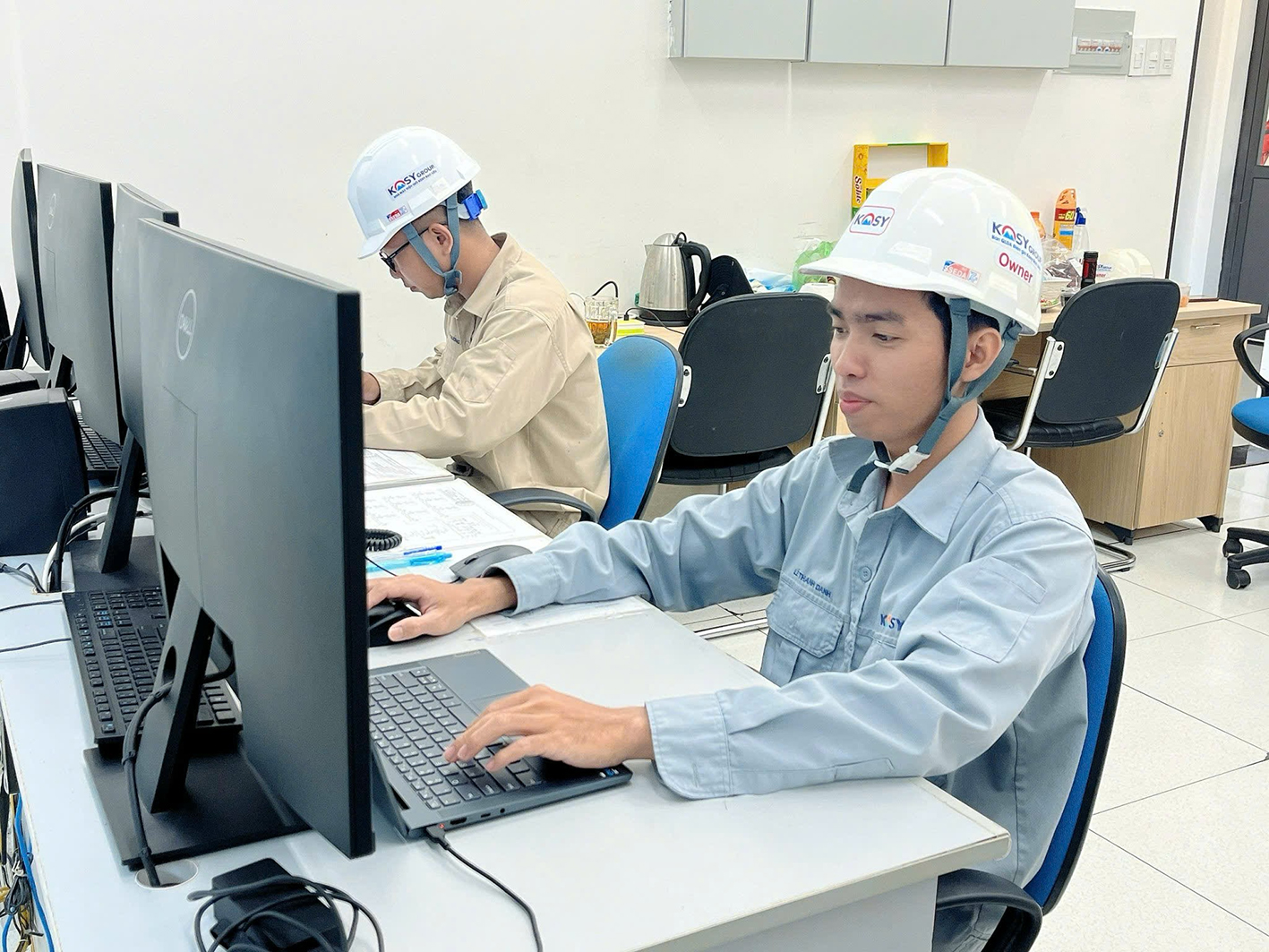
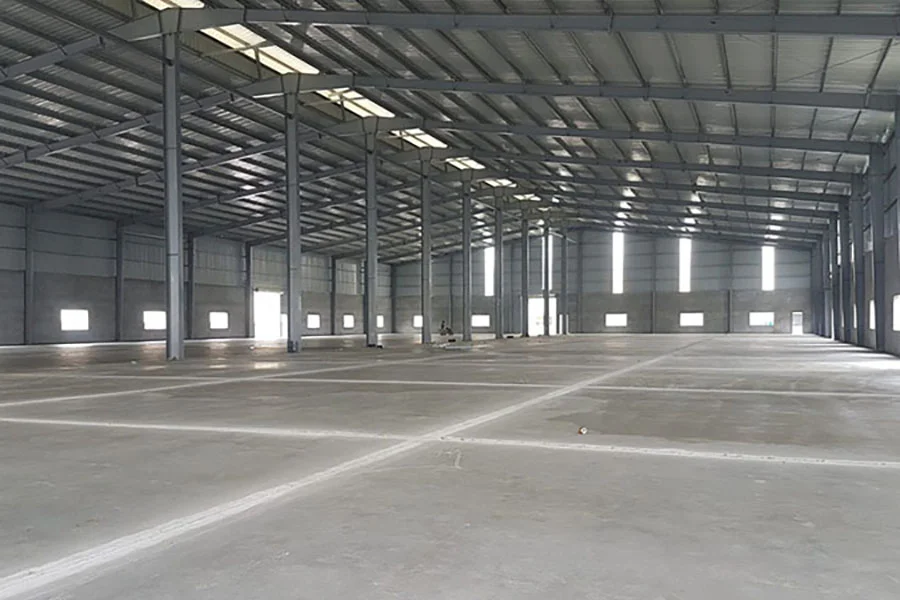

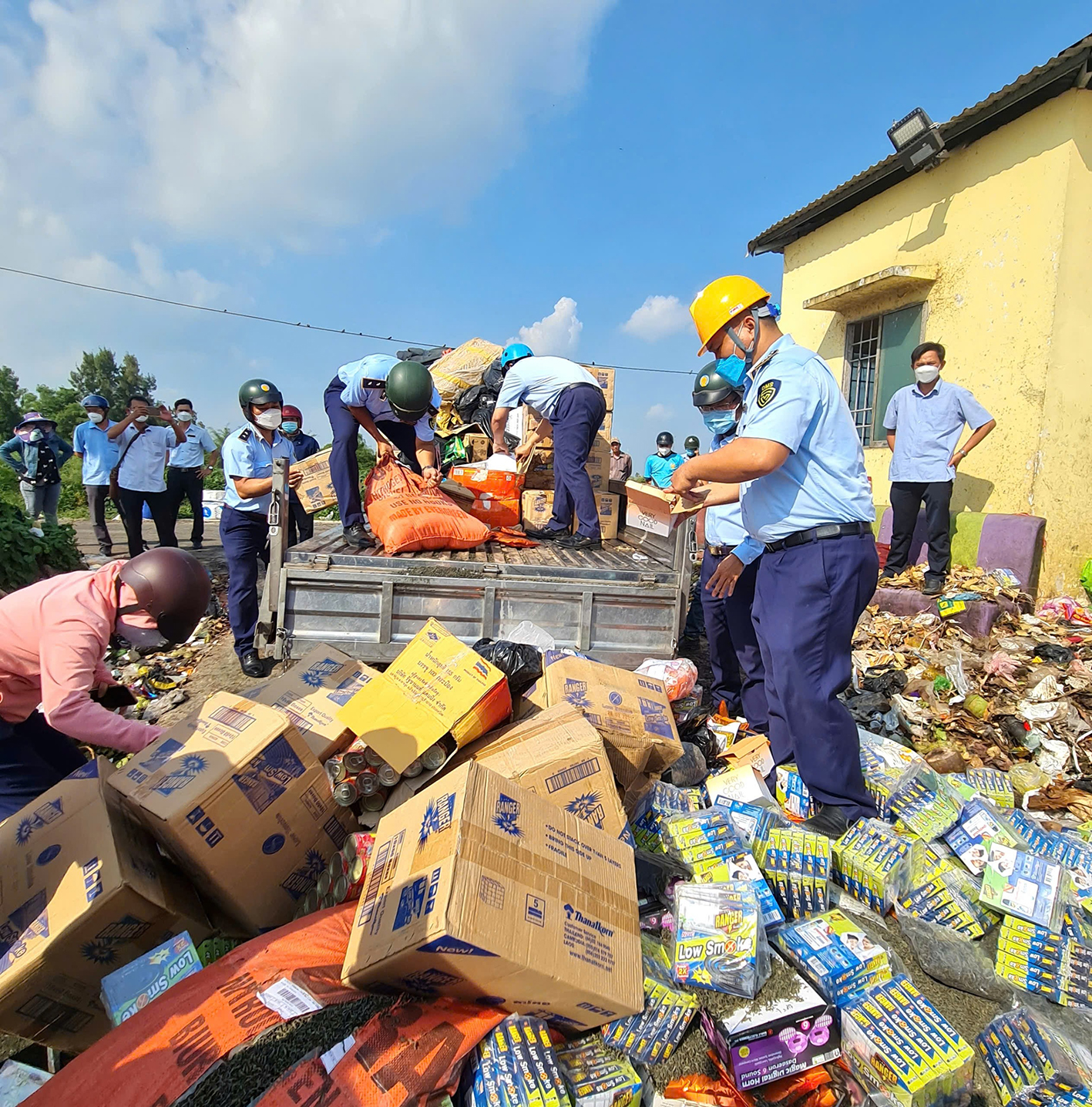



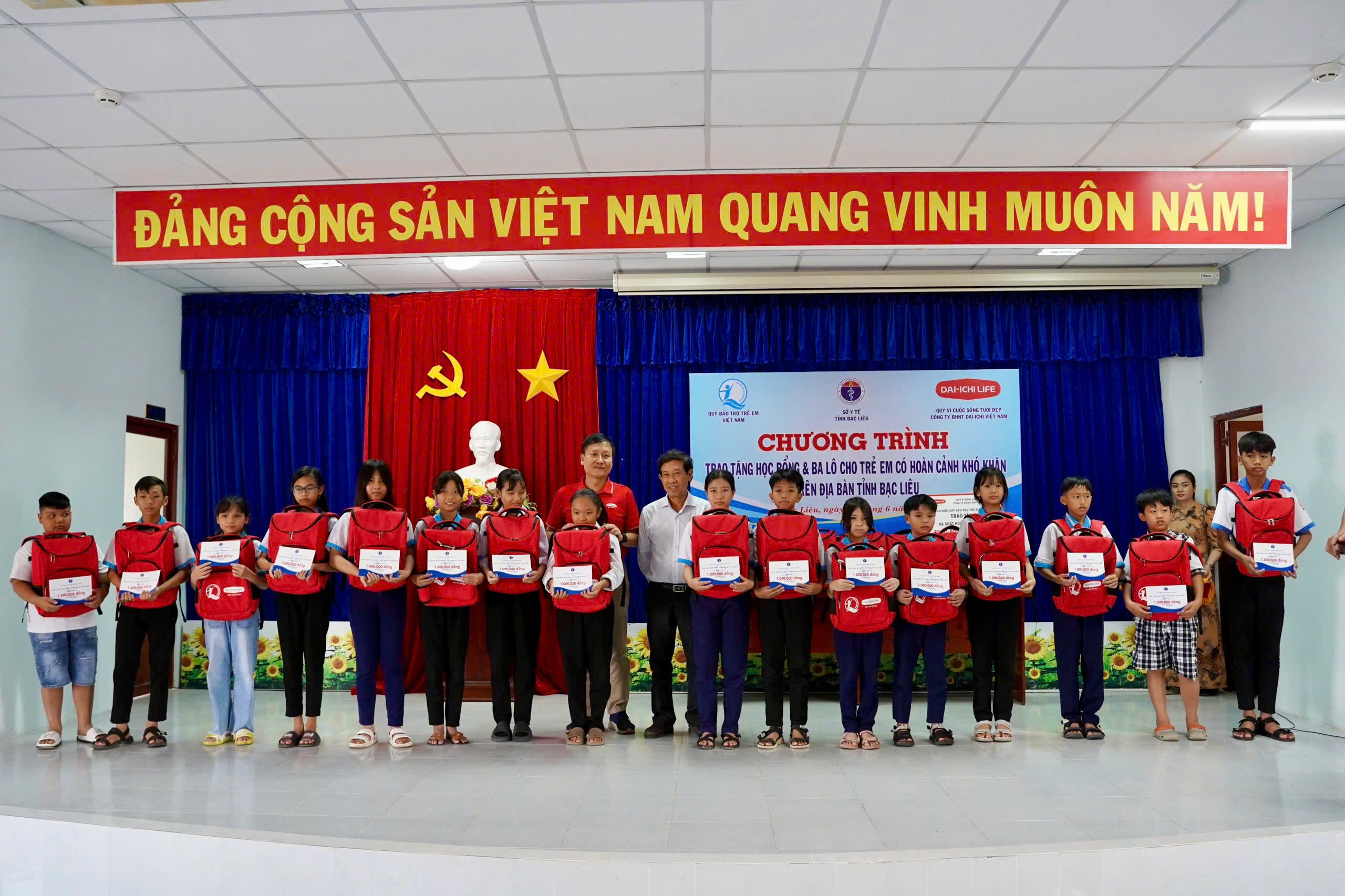
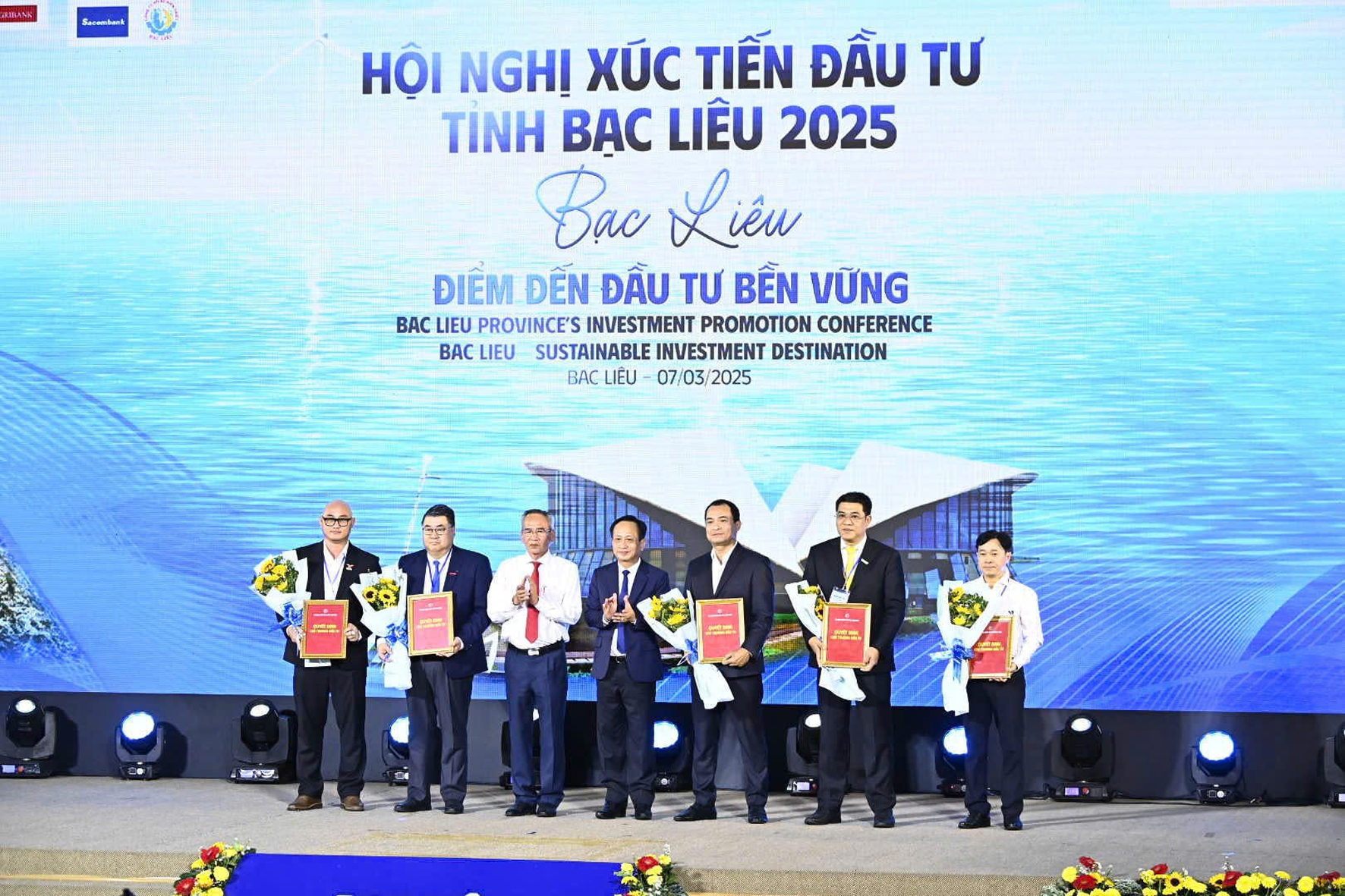












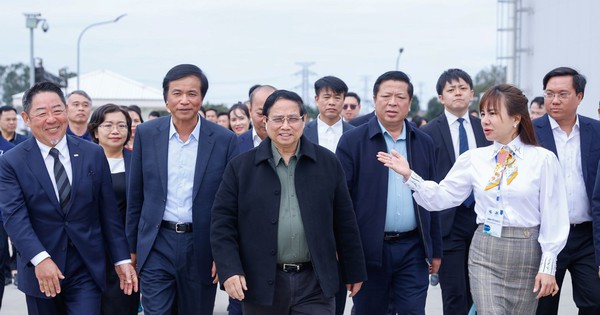



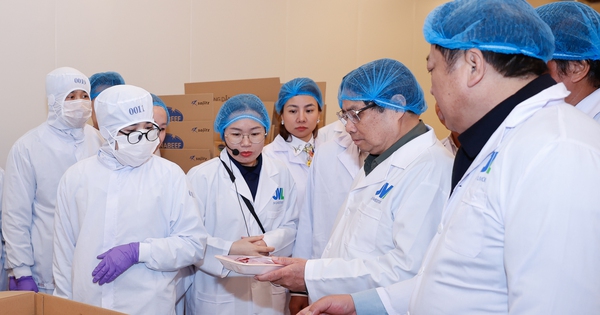

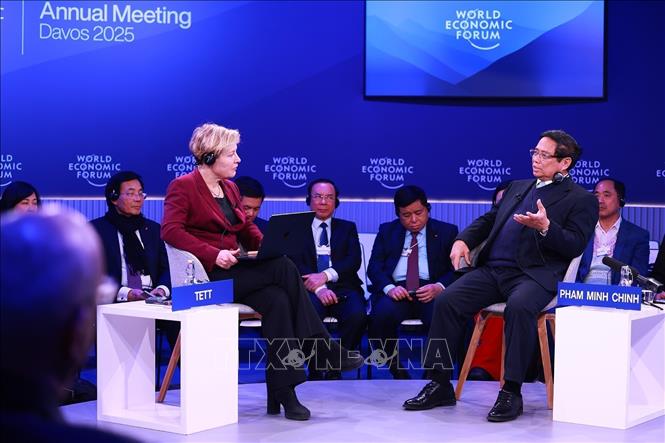

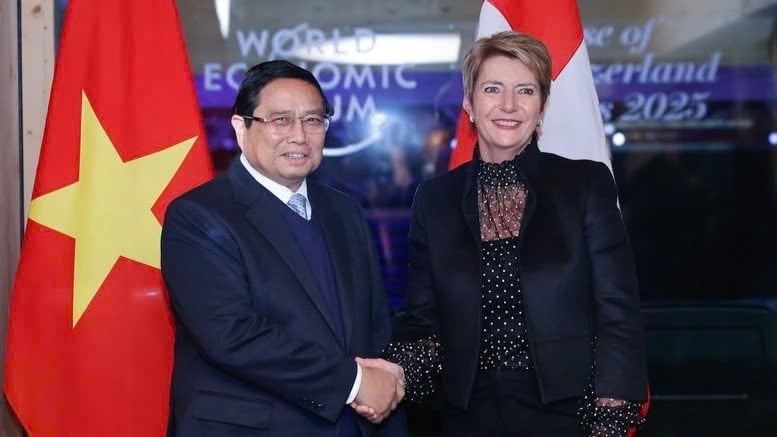
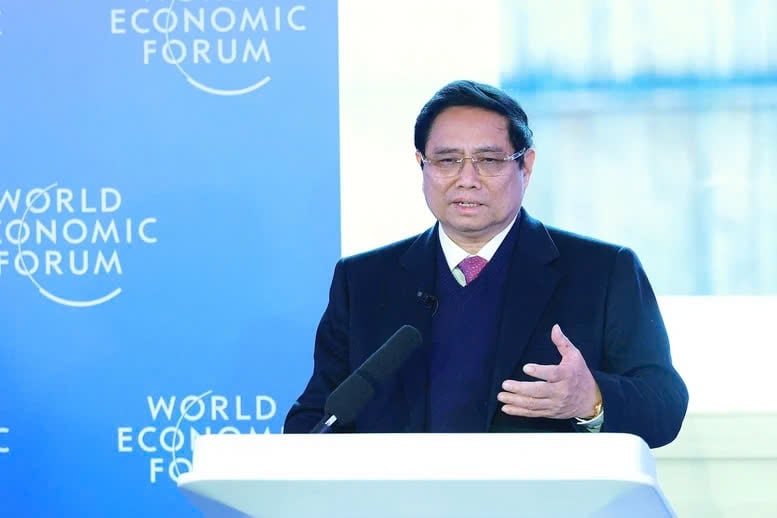
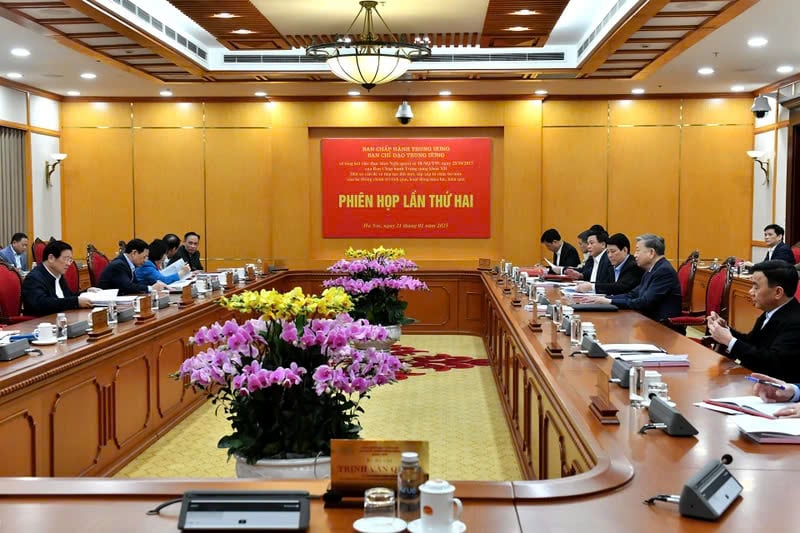





Comment (0)